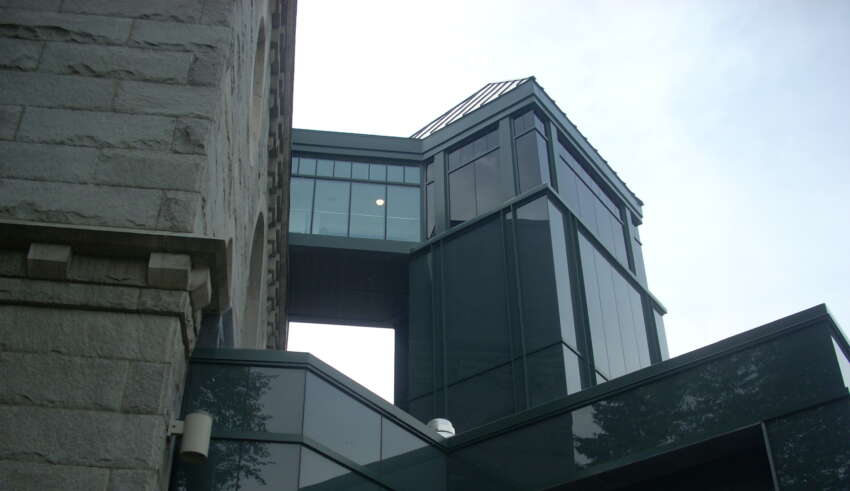
Ironically, men and women who have spent most of their lives planning and saving for the future often find the creation of a new future to be terrifying. Many of us yearn for Isolation, Security, and Serenity during our Senior years. Yet, the creation of a new future is critical if we are to be generative. If we are to recreate ourselves for the final acts of our lives. If we are to build the bridge between Personal and Collective Worth. Appropriately named, my colleague Bill Bridges (1980, 2001) associates this time of rebuilding with his concept of the “neutral zone.” This is a state of limbo residing between the old realities and new possibilities. While the neutral zone is a difficult place in which to dwell, it is also a place that is filled with special bonuses: mentors, spiritual guides, new loves, rediscovered old loves, and new dreams.
Furthermore, the new future is often joyfully and insightfully created jointly with the younger people whom we have mentored or with whom we have collaborated on a project. All of this new generativity work can be done with other members of one’s organization. We can remain engaged with them even after retirement. As I learned from a group of older leaders in a utility company, the retirement years are often the most liberating. We can take risks because we can no longer be fired or demoted! We volunteer to teach new employees about the history of our organization. We help to organize a volunteer corps of employees (and other retirees like us) to spend time with struggling teenagers. These are moments and extended opportunities for us to try out new roles. We work with our local community on behalf of a new future. We help to build this future by volunteering to lay bricks at the town square, paint a community-history mural on the wall of a repurposed factory, or chair a committee that is costing out the renovation of an abandoned school building so that it might become a center for arts and theater.
Setting the Stage: The Four Roles of Deep Caring and Generativity
We are ready to “set the stage” for our more in-depth analysis of each deep caring role of generativity in the following three essays of this series.
I begin this stage setting by turning to the word “stage” itself. This is a word that has several different meanings when the nature of deep caring is being addressed. Stage is most often embraced by developmental psychologists as a phase in a person’s life, like the stages of launching a rocket into space. I propose that each of the four deep caring roles of generativity is prominent at a particular stage in our lives. Furthermore, we look for different forms of Personal and Collective Worth at each stage in our life.
In taking this stance, I am diverging from the primary focus that most developmental researchers and theorists take regarding deep caring and generativity. It is usually conceived as a specific developmental stage occurring in mid-life. However, a major researcher on generativity, Dan McAdams, suggests that generativity can occur at any point in the life cycle, depending primarily on the culture in which a person lives. He concludes, nevertheless, that generativity is primarily a mid-life phenomenon. Furthermore, McAdams focuses on this point in life when conducting research on generativity. According to McAdams, Hart, and Maruna (1998, p. 17):
“Rather than viewing generativity as a discrete developmental stage in the life cycle, we prefer to conceive of it as subject to developmental expectations and assumptions about time and timing that vary somewhat from one society to the next. . . . Nevertheless, we believe that Erikson was right in situating generativity, in a general fashion, in the middle of the human life span.”
It is interesting to note that Cohler, Hostetler, and Boxer (1998, p. 275), at the same time, indicated that McAdams and colleagues might be considering a broader perspective on generativity:








